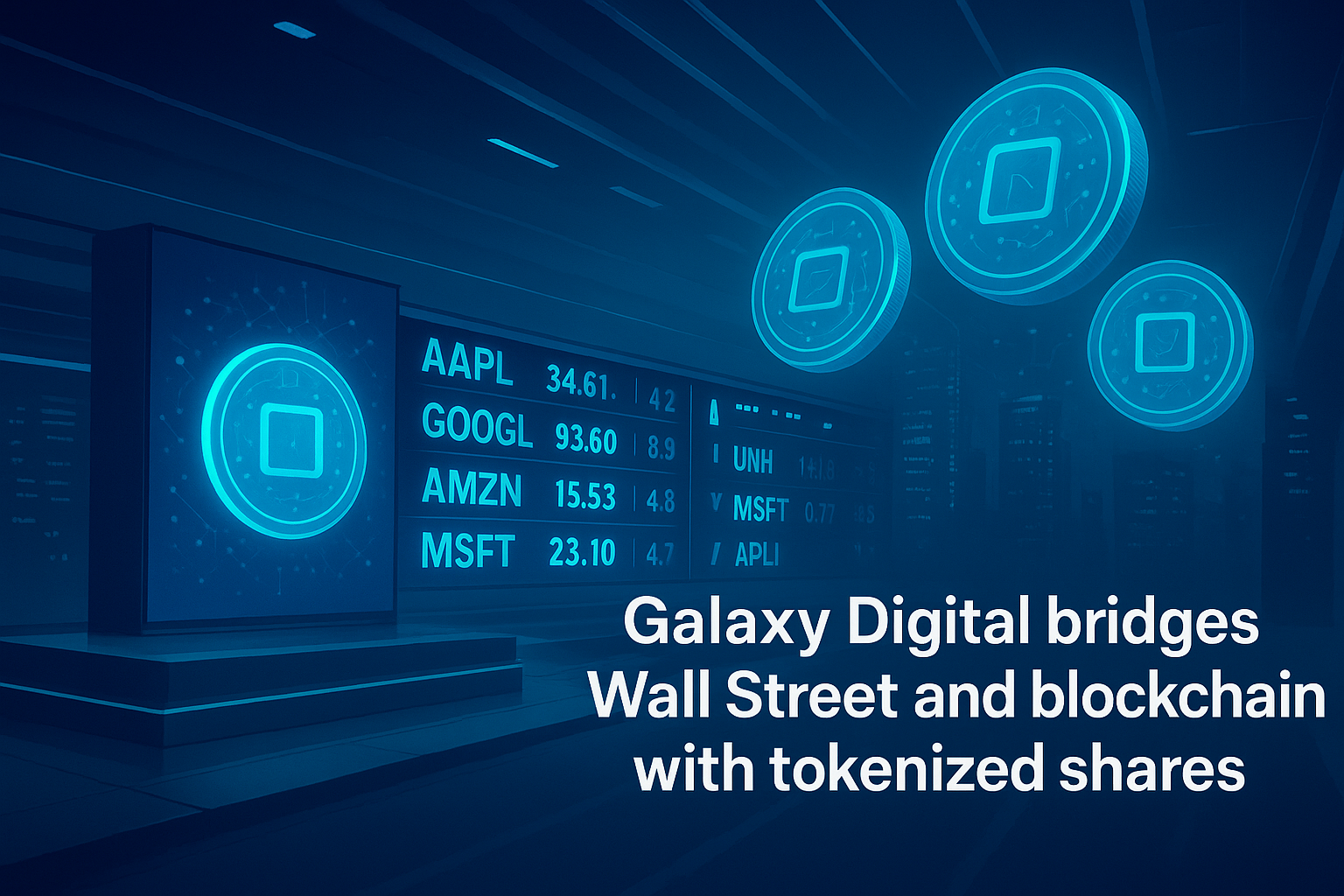In a year that tested the endurance of many tech-forward firms, Quantum Blockchain Technologies (QBT) has emerged with a promising update: its annual losses have narrowed significantly, thanks to major strides in artificial intelligence–driven Bitcoin mining tools. This development not only marks a turning point for the company but also signals broader implications for the cryptocurrency and blockchain sectors, where innovation is increasingly becoming synonymous with survival.
From Research to Results
Headquartered in London and listed on the London Stock Exchange, Quantum Blockchain Technologies has long positioned itself at the intersection of quantum computing, blockchain development, and AI. Its latest financial report revealed a dramatic reduction in net loss compared to the previous fiscal year—a feat largely credited to its proprietary AI mining algorithms now poised for real-world deployment.
According to CEO Francesco Gardin, the company’s Machine Learning and Deep Learning techniques have achieved a breakthrough in mining optimization, increasing the probability of finding a valid Bitcoin block significantly faster than conventional methods.
How AI Mining Tools Work
Traditional Bitcoin mining relies on brute-force computational power to solve complex cryptographic puzzles. QBT’s AI mining tools take a different approach: instead of using raw hashpower alone, they analyze vast datasets and dynamically adapt mining strategies in real-time.
These tools, currently in advanced testing phases, are engineered to:
-
Reduce energy consumption by intelligently selecting computation windows,
-
Shorten processing time by optimizing hash search paths,
-
Increase mining success rate by recognizing favorable cryptographic patterns.
The AI acts not only as a tool but as an evolving system that learns from the blockchain’s behavior—an approach that could give QBT a strong edge over traditional mining operations once it’s launched commercially.
Narrowing Losses, Expanding Ambitions
The reduced losses aren’t just a byproduct of AI efficiency; they also reflect a shift in the company’s operational model. Instead of betting everything on long-term R&D, QBT has begun transitioning toward monetization, commercial licensing, and partnerships. Investors have taken note, and while the stock has seen volatility, sentiment has trended upward since the release of the company’s annual report.
The Bigger Picture: Crypto Mining in Transition
The timing couldn’t be more crucial. The crypto industry is under increasing pressure from regulators and environmentalists to find sustainable, transparent solutions. QBT’s energy-efficient AI could become a key differentiator in a market still dominated by energy-hungry operations and outdated hardware.
Meanwhile, the broader blockchain space is undergoing a technological transformation. As the industry shifts from Proof-of-Work (PoW) to Proof-of-Stake (PoS) and other consensus models, those who remain committed to PoW—like Bitcoin—must evolve to stay relevant. Quantum Blockchain’s approach could help bridge that gap, offering a way to make PoW not only viable but more intelligent.
What Comes Next?
The company says its AI tools are now ready for commercial deployment, and it’s currently engaging with mining pools and enterprise-level partners. This transition from concept to product could define QBT’s next chapter—and potentially influence how mining is done across the industry.
If successful, Quantum Blockchain Technologies won’t just be another tech firm with flashy promises. It could become a core innovator shaping the future of decentralized finance.




